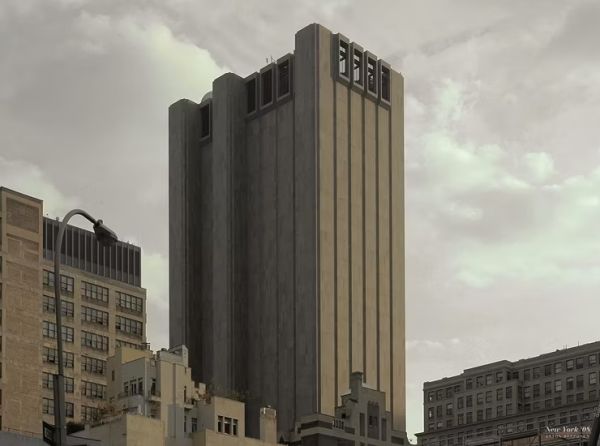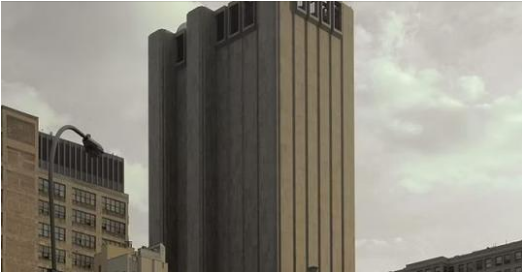In the heart of Lower Manhattan, a peculiar 29-story building has long fascinated New Yorkers. 33 Thomas Street, also known as the “Long Lines Building,” stands out due to its complete lack of windows and imposing presence. Despite its enigmatic nature, this structure has a rich history that intertwines telecommunications and surveillance.
Built in 1974, the building was designed as a fortified communication hub, capable of withstanding atomic blasts. Its unique architecture and lack of windows have sparked curiosity and speculation among locals. Recently, leaked documents and whistleblower revelations have shed light on the building’s true purpose: an NSA surveillance site codenamed Titanpointe.

Inside, a significant international gateway switch routes phone calls between the US and worldwide countries. The NSA allegedly tapped into these calls from a secure facility within the AT&T building, targeting international organizations, countries, and even US allies.
This raises questions about surveillance boundaries and the role of communication providers in the surveillance state.
The NSA’s involvement in 33 Thomas Street highlights the delicate balance between privacy and security in our interconnected world. While the full extent of the building’s involvement in government spying remains unclear, it serves as a symbol of the complex interplay between privacy and security.
This mysterious skyscraper stands as a testament to the evolving nature of surveillance and telecommunications, inviting us to consider the implications of advanced technology on our privacy and security.


